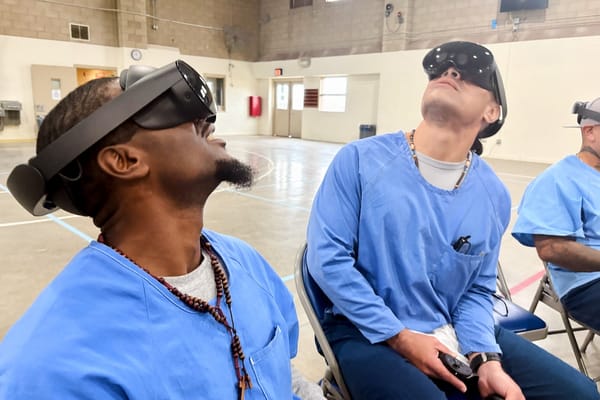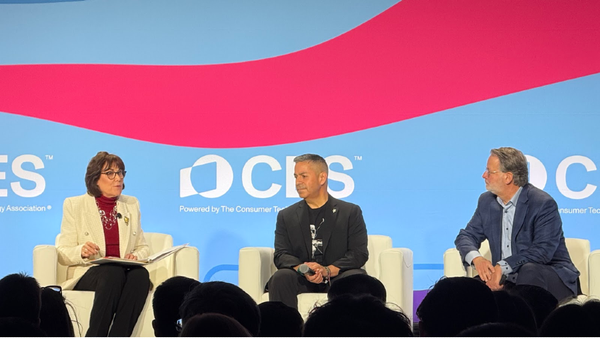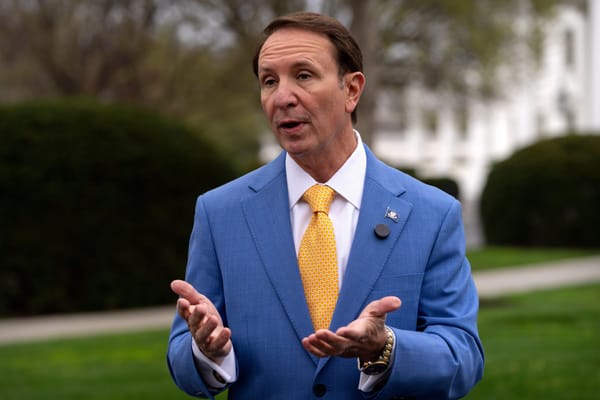Exclusive Series: AT&T, T-Mobile Bet Big on Open Access
Once staunch opponents of open access, Tier 1 ISPs are now entering a space traditionally dominated by municipalities.
Jericho Casper

Editor's note: This is the third of a four-part series on open access networks in the lead-up to Digital Infrastructure Investment on Thursday, September 19: 'All-in' on Open Access.
WASHINGTON, September 17, 2024 – Once staunch opponents of open access, Tier 1 Internet Service Providers are now entering a space that, in the United States, has been pioneered by local governments two decades ago.
In the last year-and-a-half, AT&T has embraced open access through its Gigapower joint venture with BlackRock, the world’s largest money manager with $10 trillion assets under management.
T-Mobile had also dipped its toe in the space, and is now seeking to get all-in through a proposed $950 million joint venture in April with Swedish investment firm EQT. This is as part of the carrier’s proposed acquisition of fiber operator Lumos.
The T-Mobile-Lumos deal is currently under review by the Federal Communications Commission.
Officials at Gigapower, which is a separate legal entity from AT&T, said in June that one aspect of the shift was driven by the venture’s growing interest in obtaining federal funds, according to CEO Bill Hogg.
Speaking at a Broadband Breakfast Live Online event in September 2023, Hogg also pitched Gigapower’s ability to build open access infrastructure with grants for state broadband offices under the Commerce Department’s Broadband Equity, Access and Deployment Program. The venture is also designed to allow its partners to reduce capital expenditures and more quickly enter new markets.
Just last week, AT&T’s John Stankey, CEO of one of the telecom industry’s largest players, reaffirmed the company’s goal to be the “first and biggest” in the open access sector as a way to aggressively expand its fiber footprint.
New motivations for Tier 1 providers
This month, AT&T announced wholesale agreements with fiber broadband providers such as Boldyn, PRIME, and Ubiquity in key regions, including Texas military bases, Florida, and Minnesota.
Exclusive Broadband Breakfast Series on Open Access Networks:
Part 1: Overseas Strength in Open Access
Part 2: Municipal Broadband and Open Access
Part 3: AT&T, T-Mobile Bet Big on Open Access
Part 4: Big Money Moves Forward with Open Access
Such partnerships give AT&T, as a service provider, access to new wholesale fiber networks. That helps AT&T offer fiber broadband and 5G wireless services to more customers, the company said.
In an open access network, the owner of the network and the network are different from the ISPs offering services to end-user customers.
As with AT&T, T-Mobile’s move seems to be driven by financial, competitive, and regulatory incentives. By transitioning Lumos's fiber network to open access, T-Mobile aims to secure a first-mover advantage as the “anchor tenant” ISP, while also reducing its capital expenditure.
Moreover, as a partner in the Gigapower joint venture, AT&T is positioned to generate revenue by leasing its fiber network to other ISPs. This dual role as both a tenant ISP and an infrastructure co-owner may offer AT&T financial gains while reducing the need for direct investment.
Beyond financial benefits, adopting the open access model allows AT&T to tout itself as a proponent of competition. That might help it navigate regulatory challenges. This is particularly important given that programs like BEAD may favor projects that prioritize open access and local control.
AT&T and Gigapower executives eye BEAD funding
Becoming boosters of open access networks may help leverage more BEAD funding for Gigapower, or for AT&T.
“I think that when the time comes for BEAD, this platform will be a perfect fit,” Hogg said during the Broadband Breakfast Live Online event in September. State broadband officials “like the idea that multiple ISPs will be able to bring choice to their constituents,” he said. “They don’t have to pick a winner or a loser.”
In June, Hogg talked directly about Gigapower’s conversations with state officials. And Stankey recently said AT&T was specifically exploring public-private partnerships with local governments.
However, not all state BEAD plans include provisions favoring open access. While Washington state will give higher scores to grant applicants proposing open access projects, West Virginia removed similar criteria after receiving public feedback.
Either way, by promoting open access, AT&T has positioned itself a supporter of competition, even as the company aims to maintain and enhance significant market control.
“The telecom is looking to reach more people as quickly as possible,” Erin Scarborough, AT&T’s president of broadband and connectivity, said during the Broadband Breakfast event. Scarborough emphasized that making use of a network outside AT&T’s existing infrastructure will make it easier to expand into new areas, and was a key motivator for investing in the project.
AT&T previously lobbied against municipal open access
Some critics, including telecom writer Karl Bode, have characterized Tier 1 players’ sudden embrace of public-private partnerships, including those based upon an open access approach, as a strategic move to capture federal subsidies before smaller players can.
In comments on Broadband Breakfast’s website, Bode said that this shift was less about promoting competition and more about securing government funding while maintaining market dominance.
“Now that there's billions of dollars of potential subsidies there for them to glom onto, they want to get a hold of this cash before a municipality, cooperative, or city-owned utility does,” Bode said. “I find the flip funny given their historical, often virulent lobbying opposition to both open access policies, open access networks, and open competition – especially municipal or cooperatives – more generally.”
Alongside other ISPs, AT&T has argued against municipal broadband initiatives for many years. For example, in 2011, lobbying from AT&T, Comcast, and Time Warner Cable led to the passage of a North Carolina law restricting municipalities from building their own broadband networks.
Come back tomorrow for the final article in the series in advance of Digital Infrastructure Investment on Thursday, September 19, 2024:
 Broadband BreakfastBroadband Breakfast
Broadband BreakfastBroadband Breakfast
Open access networks are gaining greater traction nationwide. In additional to major players entering the market, existing open access entities are thriving, as more cities and regions are committing to open access. Under this model, multiple ISPs can offer services over the same broadband infrastructure. The promise is greater innovation and competition, and easy entrance into the market for some.
Exclusive Broadband Breakfast Series on Open Access Networks:
 Broadband BreakfastDrew Clark
Broadband BreakfastDrew Clark
 Broadband BreakfastJericho Casper
Broadband BreakfastJericho Casper
 Broadband BreakfastJericho Casper
Broadband BreakfastJericho Casper
 Broadband BreakfastJericho Casper
Broadband BreakfastJericho Casper
Digital Infrastructure Investment
Join the Breakfast Club to watch Summit videos
Benefits of Breakfast Club Membership










Member discussion